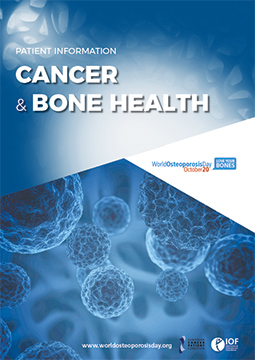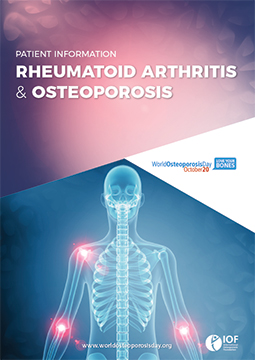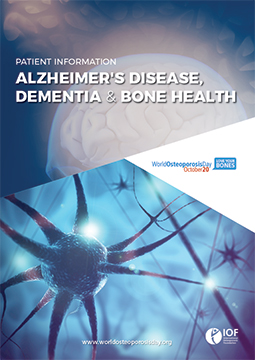On World Osteoporosis Day, Osteoporosis New Zealand (ONZ) is supporting the International Osteoporosis Foundation’s (IOF) call to ‘Love Your bones – Protect your future’. It emphasizes the importance of early prevention as the key to healthy mobility at older age. Fractures due to osteoporosis represent a major healthcare burden, causing disability, premature death, and loss of independence in seniors worldwide. Globally, one in three women and one five men over the age of 50 will suffer a fragility fracture in their remaining lifetimes.
IOF President Professor Cyrus Cooper stated, “Osteoporosis is a disease which suffers from serious neglect. Despite widely available diagnostic tools and effective medications, only a minority of people at high risk of fractures are actually diagnosed and treated. As many as 80% of older adults who suffer a first fragility fracture – and are in extreme danger of sustaining more fractures – do not go on to receive preventative treatment to protect themselves against the high probability of secondary fractures.”
Hip fractures in particular can be life-threatening: up to a quarter of hip fracture patients die within the year after the fracture; one third become dependent or in a nursing home. Due to the growth of the ageing population, the numbers of hip fractures are rising exponentially. From 1990 to 2050 hip fractures are projected to increase by 3-fold in men and 2-fold in women.
To improve understanding of this public health threat, IOF has issued a new resource, ‘The IOF Compendium of Osteoporosis’. This comprehensive reference provides concise information about the disease, its prevention, and its prevalence in all regions of the world including the Asia Pacific Region. It also outlines key strategies to fight osteoporosis at the national level, providing a blueprint for eight priority actions.
One of the priorities is the implementation of Fracture Liaison Services (FLS) in all hospitals that treat fracture patients. Such services are proven to be cost effective ways to prevent secondary fractures in these high risk patients.
The IOF President added, “Prevention is key. At all ages, a healthy lifestyle with good nutrition and regular physical activity lays the foundation for good bone health. As well, I urge all older adults to be aware of any personal risk factors for osteoporosis. These can include a broken bone after the age of 50, parental history of osteoporosis or hip fracture, loss of height, being underweight, certain diseases (such as rheumatoid arthritis), or use of medications that cause bone loss (such as glucocorticoids). If you have risk factors, be sure to talk to you doctor and ask for testing.”
Health professionals in New Zealand can play a vital role in reducing the burden that osteoporosis imposes upon our older people, their friends and family, and our health and social care budgets. We encourage you all to share this exciting campaign with friends and family and implement its recommendations.
Resources
Help ONZ to spread this important message by downloading the following resources and sharing them with your friends and colleagues.
Posters
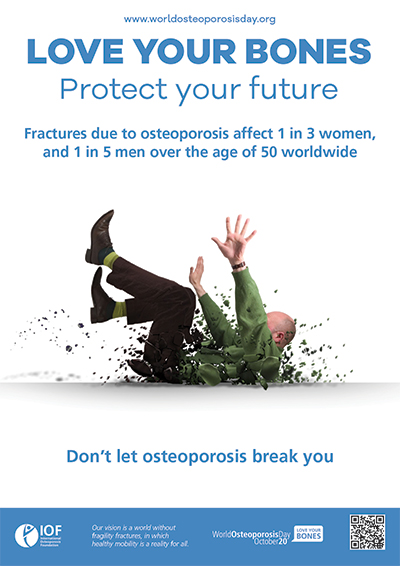
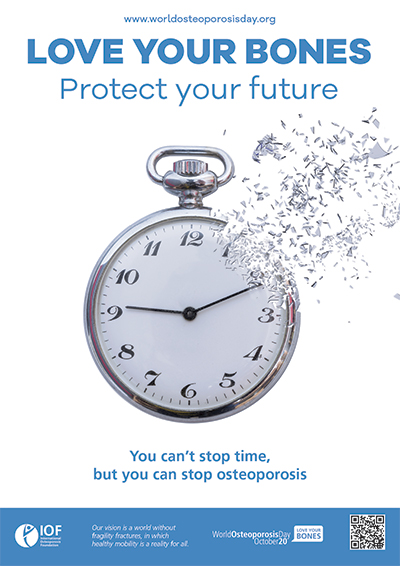
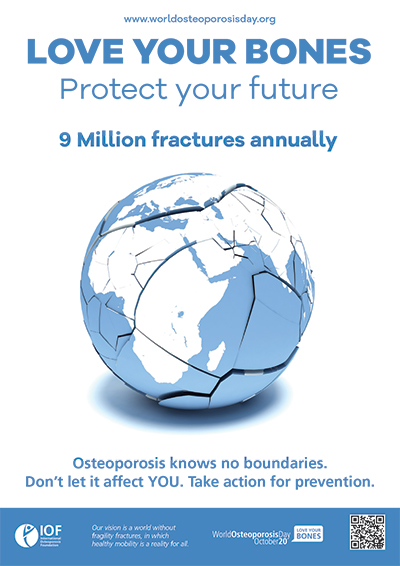
Fact Sheets
People who have undergone treatment for other conditions are at increased risk for osteoporosis and fracture for a number of reasons. Refer to the following fact sheets for further information
Do you know your Risk Factors for Osteoporosis?
Complete the Bone Health Risk Test and take this to your doctor or healthcare provider, ask for a bone heath assessment.
If you are over the age of 50 and you have one or more risk factors you should discuss these with your doctor and ask for an assessment of your bone health status. Lifestyle changes may be recommended and, for those at high risk, medication may be prescribed for optimal protection against fractures.





 Print
Print